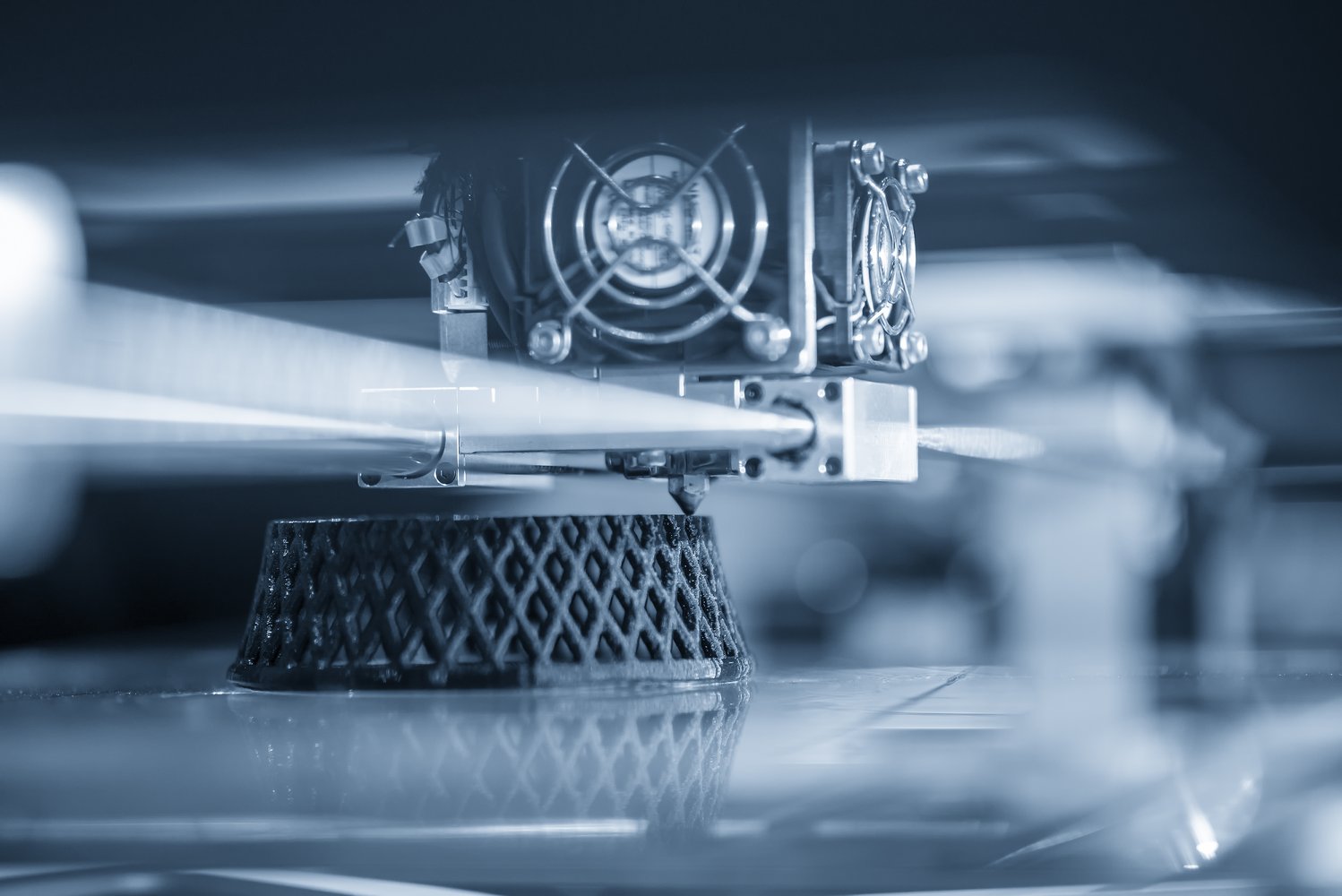In the lifecycle of a product, once the design reviews have been carried out, and a final design has been decided upon, it makes sense to produce a prototype model of that product to check for any issues that may have been missed in design, and to test the materials and manufacturing process before committing to a full scale manufacturing run.
But it can also be time consuming and expensive to use up resources to produce just one item. And if the physical prototype requires more than one iteration, it can become a costly and inefficient process.
So how can the process of producing a prototype become more efficient?
Rapid Prototyping
Rapid prototyping is a group of techniques used to quickly fabricate a scale model of a physical part or assembly using 3D CAD data. Construction of the part or assembly is usually done using 3D printing or "additive layer manufacturing" technology.
Rapid prototyping’s mission was to reduce the lead time and cost of developing prototypes of new parts and devices, which was earlier only done with subtractive tool room methods such as CNC milling, turning, and precision grinding.
The use of 3D printing could have a large impact on the environment. As opposed to traditional manufacturing, for instance, in which pieces are cut from larger blocks of material, 3D printing creates products layer-by-layer and prints only relevant parts, wasting much less material and, therefore, wasting less energy in producing the raw materials needed. This also makes 3D printing more cost effective as you only pay for the materials you use.
These are all present a compelling case for using rapid prototyping, and the 3D printing industry has seen massive growth in recent years. But is there an even quicker, cheaper, and more environmentally friendly method of prototyping?
MR
The adoption of MR (Mixed Reality) technologies within the engineering and manufacturing industries has been growing steadily for the past few years. MR is enabling engineers to interact with their CAD, PLM and Visualization data like never before.
MR has already identified itself to be an alternative tool for carrying out many use cases; at Theorem Solutions we have “Experiences” for Maintenance, Training and Design Review that all make use of this new technology.
In the context of creating prototypes, Mixed Reality (MR) could even take over from 3D printing in the rapid prototyping race.
Mixed Reality (MR), using a device like the Microsoft HoloLens, places a holographic projection of digital data into, and in some cases responsive to, the physical world.
The traditional rapid prototyping process starts with the creation of geometric data, as a 3D solid using a CAD workstation, and it does for MR as well. Once a CAD model has been streamed to a MR device, it can be interrogated and inspected as you would a physical 3D object, and at full scale, so it’s as if it were physically in the room with you. 3D printing may be quick, but getting your CAD model into an MR device takes just a few minutes.
Going back to the earlier point about 3D printing being more environmentally friendly than traditional manufacturing methods; what is more environmentally friendly than not having to create a physical model at all?!
Doing your design reviews and prototyping digitally by using MR, means that you get all of the detail from your 3D CAD model, at full scale, in the real world environment that you want it in; factory floor, boardroom etc. without any of the waste materials, or additional energy required to power machinery. This also makes it more cost effective as you are not paying for those materials or the costs of using machinery and the people resource associated with it.
So whilst 3D printing definitely provides a more efficient way to create prototypes than traditional modelling methods, and people might prefer to have a physical model that they can actually hold in their hands, using innovative XR technologies to do all of your prototyping digitally might just be worth considering.



